Home>Articles>What Is A Backyard Office? How To Build Your Own Outdoor Workspace
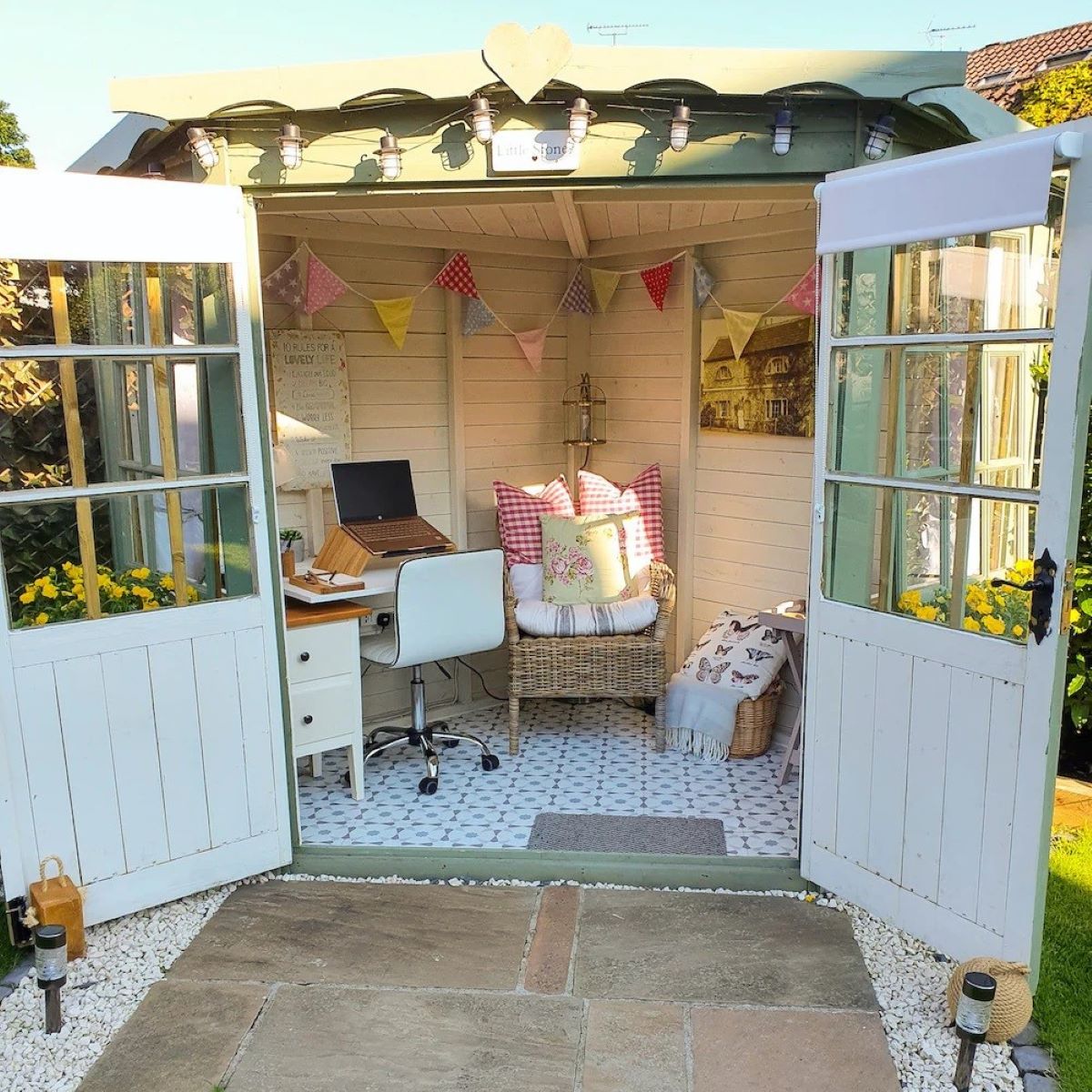

Articles
What Is A Backyard Office? How To Build Your Own Outdoor Workspace
Modified: October 29, 2024
Looking to create a productive outdoor workspace? Discover what a backyard office is and learn how to build your own with our informative articles.
(Many of the links in this article redirect to a specific reviewed product. Your purchase of these products through affiliate links helps to generate commission for Storables.com, at no extra cost. Learn more)
Introduction:
With the rise of remote work and the changing landscape of traditional office spaces, many individuals are now exploring alternative options to create a productive and inspiring work environment. One popular solution is the concept of a backyard office, also known as an outdoor workspace.
A backyard office is a separate structure located in the comfort of your own backyard, designed specifically for work or other creative pursuits. It provides a dedicated space away from the distractions of home, offering privacy, tranquility, and a connection with nature.
In this article, we will explore the benefits of a backyard office, guide you in choosing the right location, discuss the process of designing and building your own backyard office, and offer tips on how to personalize and optimize the space for maximum productivity.
Whether you are a freelancer, entrepreneur, or someone who simply wants a designated space for work or hobbies, a backyard office can offer numerous advantages.
So let’s dive in and discover how a backyard office can transform your work-life balance and revolutionize the way you approach your daily tasks.
Key Takeaways:
- Building a backyard office offers a dedicated, inspiring space away from home distractions, promoting increased focus, productivity, and work-life balance for remote workers and creative individuals.
- Personalizing the space with decor, proper insulation, and electrical setup enhances the backyard office, creating a comfortable, well-lit, and productive environment tailored to individual preferences.
Read more: How To Build Your Own Outdoor Sauna
Benefits of a Backyard Office:
Creating a backyard office can provide you with a plethora of benefits, both from a professional and personal standpoint. Let’s explore some of the key advantages:
- Separation of work and home life: One of the biggest challenges of working from home is the difficulty in separating work and personal life. By having a separate space for work in your backyard, you can physically and mentally separate your professional and personal life, allowing you to maintain a healthier work-life balance.
- Reduced distractions: A dedicated backyard office eliminates the distractions that may be present in your home environment, such as noisy family members, television, or household chores. This can significantly increase your focus, productivity, and efficiency.
- Improved creativity and inspiration: Being surrounded by nature in your backyard office can boost your creativity and provide a more inspiring and tranquil setting for working. The fresh air, natural light, and greenery can stimulate your senses, leading to enhanced problem-solving skills and innovative thinking.
- Enhanced work privacy: Working in a shared office space or within your home can compromise your privacy and confidentiality. With a backyard office, you have complete control over your workspace and can ensure that sensitive information remains secure.
- Health benefits: Spending time outdoors has numerous health benefits, including increased vitamin D absorption, reduced stress levels, and improved overall well-being. A backyard office gives you the opportunity to work in a natural environment, boosting your physical and mental health.
- Increased property value: Adding a well-designed backyard office to your property can significantly increase its value. This is especially true in today’s market, where more and more people are looking for flexible workspaces.
These are just a few of the many benefits that a backyard office can provide. From improved concentration and productivity to better work-life balance and increased property value, it’s clear that investing in a backyard office is a smart choice for anyone seeking a more fulfilling and efficient work environment.
Choosing the Right Location:
When it comes to setting up your backyard office, choosing the right location is crucial. Here are some factors to consider when selecting the perfect spot:
- Accessibility: The location of your backyard office should be easily accessible from your home. Consider the distance and any obstacles that may hinder your access, such as trees, fences, or uneven terrain. You want to minimize the effort required to commute to and from your workspace.
- Natural Lighting: Opt for a location that receives ample natural light throughout the day. Natural lighting not only creates a pleasant and energizing ambiance but also reduces the need for artificial lighting, resulting in cost savings and decreased energy consumption.
- Privacy: Ensure that your chosen location offers privacy. Consider the proximity to neighboring properties and any potential lines of sight. You want to feel comfortable and undisturbed while working in your backyard office.
- Noise Levels: Take into account the noise levels in your backyard. Consider any nearby roads, construction sites, or sources of noise that may affect your concentration. Select a location that offers a quiet and peaceful environment for optimal focus.
- Views and Surroundings: Assess the views and surroundings of your potential backyard office location. Consider the visual appeal of the area and how it aligns with your preferences. Whether it’s a lush garden, a tranquil pond, or a picturesque landscape, choose a spot that brings you joy and inspiration.
- Utility Connections: If you plan to have electricity and internet connectivity in your backyard office, ensure that the location is within proximity to utility connections. Hiring professionals for electrical and internet installations can be costly if the distance from your home is too far.
By carefully considering these factors, you can select a location that meets your requirements and enhances your backyard office experience. Remember, the key is to create a space that promotes productivity, inspiration, and relaxation, allowing you to thrive in your work and enjoy the benefits of remote working.
Designing Your Backyard Office:
Designing your backyard office is an exciting opportunity to create a space that reflects your style, meets your functional needs, and enhances your productivity. Here are some key considerations to keep in mind:
- Size and Layout: Determine the size and layout of your backyard office based on your specific requirements. Consider the amount of space you need for your work equipment, storage, and any additional features like a meeting area or a small kitchenette. Plan the layout to optimize workflow and ensure a comfortable and efficient use of space.
- Architectural Style: Choose an architectural style for your backyard office that complements the overall aesthetic of your home and blend harmoniously with your outdoor space. Whether it’s modern, traditional, or rustic, select a design that resonates with your personal taste and adds visual appeal to your backyard.
- Natural Ventilation: Incorporate windows and ventilation systems in the design to allow for natural airflow. Proper ventilation not only keeps the space fresh and comfortable but also helps regulate temperature and reduce the dependency on artificial cooling or heating systems.
- Multipurpose Space: Consider the versatility of your backyard office. If you envision using the space for more than just work, incorporate elements that allow for flexibility, such as movable furniture, collapsible desks, or convertible storage solutions. This way, you can transform the space into a yoga studio, an art workshop, or any other functional area when needed.
- Storage: Prioritize storage solutions to keep your workspace organized and clutter-free. Incorporate shelves, cabinets, and drawers to accommodate your work essentials, files, and supplies. Customized storage options will help maximize your efficiency and minimize distractions.
- Green Features: Consider incorporating eco-friendly features into your backyard office design. Install energy-efficient lighting, use sustainable materials, and consider implementing rainwater harvesting or solar panels to reduce your environmental impact.
Remember to consult with professionals, such as architects or designers, to ensure that your backyard office design meets local building codes and regulations. Their expertise will help you bring your vision to life while ensuring functionality and structural integrity.
Designing your backyard office should be a fun and creative process. Take your time to plan and envision the space, considering your unique needs and preferences. This will result in a backyard office that is both aesthetically pleasing and tailored to maximize your productivity and enjoyment.
Materials and Tools Needed:
Building a backyard office requires the right materials and tools to ensure a successful construction process. Here is a list of some essential materials and tools you will need:
Materials:
- Lumber: Choose high-quality lumber for framing, walls, and flooring.
- Insulation: Select appropriate insulation material to regulate temperature and sound.
- Drywall: Use drywall sheets for interior walls and ceilings.
- Windows and Doors: Purchase windows and doors that suit the style and size of your office.
- Electrical Wiring: Acquire electrical wiring, outlets, switches, and necessary fixtures.
- Flooring: Decide on flooring options such as wood, laminate, or tile.
- Roofing Materials: Select roofing materials like shingles or metal panels.
- Paint or Stain: Choose paint or stain for interior and exterior surfaces.
Tools:
- Measuring tape, level, and square: Essential for precise measurements and alignments.
- Hammer: Used to drive nails and other fasteners.
- Screwdriver: Required for tightening screws and assembling components.
- Saw: Needed for cutting lumber and other materials.
- Power Drill: Used for drilling holes and driving screws.
- Nail Gun: Helpful for faster and efficient nailing.
- Paintbrushes and Rollers: Required for applying paint or stain.
- Safety Equipment: Ensure you have safety goggles, gloves, and a dust mask.
While this list provides a general overview, the specific materials and tools may vary depending on your design and local building codes. It is recommended to consult with a professional or do thorough research to determine the exact requirements for your backyard office project.
Remember to prioritize safety when working with tools and materials. Follow proper safety protocols, wear necessary protective gear, and familiarize yourself with the instructions and guidelines for each tool.
By gathering the right materials and tools and understanding their usage, you will be well-prepared to build your backyard office and bring your vision to life.
Building the Foundation:
The foundation is a critical component of your backyard office’s structure, as it provides stability and support. Here are the steps to building a solid foundation:
- Prepare the site: Clear the area where the foundation will be built. Remove any vegetation, rocks, or debris that may interfere with the construction process.
- Mark the layout: Use stakes and string to mark the outline of the foundation. Ensure the layout matches the dimensions and shape of your backyard office.
- Excavate the area: Dig a hole for the foundation. The depth will depend on local building codes and the type of foundation you plan to install. Typically, a depth of at least 18 inches is recommended.
- Add gravel: Place a layer of gravel at the bottom of the excavated area. This will help with drainage and prevent moisture buildup.
- Create formwork: Use wooden boards or concrete forms to create the framework for the foundation. This will contain the concrete mixture and give shape to the foundation.
- Mix and pour concrete: Prepare the concrete mixture according to the manufacturer’s instructions. Pour the mixture into the formwork, ensuring it is evenly distributed and covers the entire foundation area.
- Smooth the surface: Use a trowel to level and smooth the surface of the concrete. This will create a flat and even foundation for your backyard office.
- Cure the concrete: Allow the concrete to cure and harden for the recommended duration. This typically takes a few days, but it may vary depending on the specific type of concrete being used.
- Remove the formwork: Once the concrete is fully cured, carefully remove the wooden boards or concrete forms from the foundation.
It is important to note that the process of building a foundation may vary depending on factors such as soil conditions, local building codes, and the specific requirements of your backyard office design. Consulting with a professional or experienced contractor can ensure that the foundation is constructed correctly and meets all necessary standards.
A sturdy and well-built foundation is essential for the structural integrity of your backyard office. By following these steps and paying attention to detail, you can create a strong and reliable foundation that will support your workspace for years to come.
Framing the Structure:
The framing process is a crucial step in building the structure of your backyard office. Here are the steps to frame your office:
- Create the floor frame: Begin by constructing the floor frame according to your design and dimensions. Use pressure-treated lumber for the frame’s beams and joists to ensure durability and resistance to moisture.
- Build the walls: Measure and cut the studs and plates for the walls. Nail them together to create the wall frames. Ensure that the walls are square and plumb, using a level to check for accuracy.
- Add the headers and sill plates: Install headers and sill plates at the top and bottom of each wall. These provide structural support and help distribute the weight evenly across the walls.
- Raise the walls: With the help of others, lift the walls and position them on top of the floor frame. Secure the walls to the floor using framing nails or screws.
- Add cross bracing: Install cross braces between the wall studs to provide additional stability and prevent the walls from shifting or flexing.
- Install the roof beam: Determine the placement of the roof beam and secure it to the tops of the walls. This beam will support the roof structure.
- Construct the roof: Depending on the design, build the roof structure using beams, rafters, and trusses. Ensure proper alignment and secure all connections with appropriate fasteners.
- Sheath the walls and roof: Cover the exterior walls and roof with sheathing material, such as plywood or oriented strand board (OSB). This provides structural rigidity and serves as a base for siding or roofing materials.
- Create openings: Cut openings for windows and doors in the sheathed walls. Install the windows and doors according to the manufacturer’s instructions.
It is crucial to follow industry standards, local building codes, and obtain any necessary permits during the framing process. Consulting with a professional or experienced contractor is highly recommended to ensure that the framing is done correctly and meets all safety requirements.
Framing the structure is a significant milestone in creating your backyard office. Taking the time to carefully and accurately complete this step will set the foundation for a sturdy and well-built workspace.
When building a backyard office, make sure to consider insulation, ventilation, and natural light to create a comfortable and productive workspace.
Installing Windows and Doors:
Installing windows and doors in your backyard office is a crucial step that allows for natural light, ventilation, and access. Follow these steps to properly install windows and doors:
- Prepare the openings: Measure and mark the locations for the windows and doors on the sheathed walls. Ensure that the openings are appropriately sized based on the dimensions of the windows and doors you have chosen.
- Frame the openings: Install framing headers and studs around the window and door openings. Use appropriate size and type of lumber that aligns with your plans and local building codes.
- Install flashing: Apply waterproof flashing tape or membrane around the window and door openings to prevent water infiltration. This is especially important for ensuring a weather-tight seal.
- Position the windows and doors: Carefully position the windows and doors in their respective openings. Ensure they are level, plumb, and square. Use shims as needed to correct any unevenness and create a proper fit.
- Secure the windows and doors: Attach the windows and doors to the framing using appropriate screws or nails. Follow the manufacturer’s instructions for proper installation techniques and spacing. Make sure they are securely fastened to prevent any movement or leaks.
- Insulate around the openings: Apply insulation around the gaps between the window or door frame and the rough opening. Use expanding foam or other suitable insulation material to ensure proper energy efficiency and seal any air leaks.
- Install exterior trim: Install exterior trim around the windows and doors to provide a finished and polished look. Use trim pieces that are weather-resistant and complement the overall design of your backyard office.
- Apply caulking and weatherstripping: Use caulk to seal any gaps between the window or door frame and the exterior trim. Apply weatherstripping around the edges of the windows and doors for added insulation and to keep drafts at bay.
- Install interior trim: Complete the installation by adding interior trim around the windows and doors. This will provide a clean and refined appearance on the inside of your backyard office.
- Test functionality: Ensure that the windows and doors open and close smoothly. Double-check that they are properly sealed and insulated to prevent any air or water leaks.
The proper installation of windows and doors is essential for the functionality and energy efficiency of your backyard office. Taking the time to carefully and accurately complete this step will ensure a comfortable and well-protected workspace.
Insulating and Weatherproofing:
Insulating and weatherproofing your backyard office is essential for maintaining a comfortable and energy-efficient workspace. Here are the steps to insulate and weatherproof your office:
- Insulate the walls: Install insulation material between the wall studs to regulate the temperature inside your backyard office. Choose insulation that matches the R-value specified for your region and offers effective thermal and sound insulation.
- Insulate the ceiling and floor: Similarly, add insulation in the ceiling to prevent heat loss or gain through the roof. Insulate the floor if your backyard office is elevated or if you want additional thermal and sound insulation.
- Seal air gaps: Use caulk or weatherstripping to seal any gaps or cracks around windows, doors, and electrical outlets. Pay special attention to areas where air might leak, as this can affect both your comfort and energy efficiency.
- Weatherproof windows and doors: Apply weatherstripping to windows and doors to create a tight seal when closed. Install door sweeps or threshold seals to block drafts along the bottom of exterior doors. Consider using insulated or double-glazed windows for added energy efficiency.
- Weatherproof exterior walls: Apply a weatherproof barrier, such as house wrap or a vapor barrier, to the exterior walls. This will help prevent moisture from entering and ensure proper ventilation within the walls.
- Seal electrical and plumbing penetrations: Apply caulk or foam insulation to seal any holes or gaps around electrical wiring, plumbing lines, or other penetrations in the walls, floor, or roof. This prevents air leaks and protects against moisture intrusion.
- Inspect and repair roofing: Regularly inspect the roofing, checking for any signs of damage or leaks. Repair any issues promptly to prevent water intrusion and ensure a weatherproof roof.
- Consider exterior siding: Install durable and weather-resistant siding on the exterior walls. Choose materials that can withstand the elements and require minimal maintenance.
- Install proper ventilation: Ensure your backyard office has proper ventilation to prevent condensation, mold growth, and stagnant air. Install vents or fans as needed to promote air circulation and maintain good indoor air quality.
By insulating and weatherproofing your backyard office, you will create a comfortable and energy-efficient environment that is protected from external elements. This will help keep the temperature regulated, reduce energy costs, and ensure your workspace is well-insulated and durable.
Electrical and Lighting:
Proper electrical wiring and lighting are essential components of a functional and safe backyard office. Here are the steps to ensure an efficient electrical setup:
- Create an electrical plan: Determine the location of electrical outlets, switches, and fixtures. Plan for sufficient power supply for your lighting, work equipment, and other electrical needs.
- Hire a licensed electrician: To ensure compliance with electrical codes and regulations, it is recommended to hire a licensed electrician. They will safely handle the installation and ensure everything is up to code.
- Install a main electrical panel: Install an electrical panel with sufficient capacity to handle the power requirements of your backyard office. It should be equipped with circuit breakers to protect against overloads and short circuits.
- Run electrical wiring: Run electrical wires from the main panel to the outlets, switches, and lighting fixtures in your backyard office. These wires should be properly insulated and protected within conduit or cable trays.
- Install electrical outlets and switches: Position electrical outlets and switches at convenient locations throughout your office space. Consider the number of devices you plan to connect and distribute the outlets accordingly.
- Install lighting fixtures: Choose lighting fixtures that provide adequate illumination for your workspace. Options include overhead lights, task lighting, and accent lighting. Consider energy-efficient options like LED lights for long-term cost savings.
- Consider natural lighting: Maximize natural lighting by positioning windows strategically to allow for natural light during the day. This not only reduces the need for artificial lighting but also enhances productivity and promotes well-being.
- Install light switches: Place light switches at convenient locations near the entry and workspace areas for easy access. Consider installing dimmer switches to adjust the lighting intensity based on your needs.
- Add exterior lighting: Install exterior lighting around the entrance and pathways leading to your backyard office for safety and security purposes. Motion sensor lights can help save energy by activating only when needed.
- Test the electrical system: Once the electrical setup is complete, test the outlets, switches, and lighting fixtures to ensure they are functioning properly and safely. Check for any loose connections or issues that may require further attention.
Remember that the electrical work in your backyard office should be done by a qualified electrician to ensure safety and compliance. They will handle the wiring, installation, and any necessary permits or inspections required by local authorities.
A well-planned and properly installed electrical system, along with suitable lighting, will provide a conducive and well-lit workspace in your backyard office.
Drywall and Flooring:
The installation of drywall and flooring is a key step in finishing the interior of your backyard office. Here’s what you need to know:
- Drywall Installation: Measure the dimensions of the walls and ceiling to determine the amount of drywall needed. Cut the drywall panels to fit and attach them to the studs using drywall screws or nails. Ensure a snug fit between panels and tape the seams with joint tape. Apply joint compound and smooth it out for a seamless finish. Once dry, sand the surface to achieve a smooth texture.
- Painting: After drywall installation, prime the surface to create a suitable base for paint. Choose a paint color that matches your desired aesthetic and apply multiple coats as needed. Consider using low Volatile Organic Compounds (VOC) paint for better air quality.
- Flooring Selection: Select flooring that suits your needs and style preferences. Popular flooring options for backyard offices include laminate, hardwood, vinyl, or carpet. Consider durability, ease of maintenance, and comfort underfoot when making your choice.
- Prepare the Subfloor: Ensure the subfloor is clean, dry, and free of any debris or imperfections. If necessary, repair any damage and level the surface for proper flooring installation.
- Flooring Installation: Follow the manufacturer’s instructions for installing the selected flooring material. This may involve laying down underlayment, using adhesive, or clicking interlocking panels together. Take care to maintain proper spacing and ensure a uniform installation.
- Trim Installation: Install baseboards and trim along the edges of the walls and floor. This will provide a finished look and cover any gaps or rough areas. Use a miter saw to make precise cuts and secure the trim with nails or adhesive.
- Furniture Placement: Once the drywall and flooring are complete, arrange your furniture and workspace to maximize functionality and comfort. Consider ergonomics and ensure there is adequate space for movement and storage.
- Protective Measures: Consider adding protective measures to preserve the condition of your flooring, such as using area rugs or chair mats in high-traffic areas. This will help prevent scratches or damage to the floor surface over time.
It’s important to follow proper installation techniques and safety precautions when working with drywall and flooring materials. Consult with professionals if needed, especially for more complex installations or if you’re unsure about any aspect of the process.
Completing the drywall and flooring stages will bring your backyard office one step closer to being a functional and visually appealing workspace.
Decorating and Personalizing Your Backyard Office:
Decorating and personalizing your backyard office is the final step to create a space that reflects your style and enhances your productivity. Here are some ideas to make your office feel like your own:
- Furniture and Layout: Choose furniture that is functional, comfortable, and suits your work style. Consider an ergonomic office chair, a spacious desk, and storage solutions that fit your needs. Experiment with different layout arrangements to find the most efficient and inspiring setup.
- Color Scheme: Select a color scheme that promotes productivity and reflects your personal taste. Consider calming shades like blues and greens for a serene atmosphere, or vibrant colors for a more energetic vibe. Incorporate pops of color through wall art, accessories, or accent pieces.
- Wall Art and Decorations: Hang artwork, motivational quotes, or framed pictures on the walls to inspire and personalize your space. Install shelves to display meaningful items or green plants to bring nature indoors. Incorporate a whiteboard or corkboard for notes and reminders.
- Window Treatments: Install blinds, curtains, or shades to control light and privacy. Choose window treatments that blend with your design aesthetic while providing functionality.
- Personal Touches: Include personal mementos, such as photographs, trinkets, or souvenirs, that bring you joy and make the space feel uniquely yours. It could be a favorite mug, a small plant, or a piece of artwork that holds sentimental value.
- Lighting: Enhance the lighting in your backyard office by incorporating task lighting, such as desk lamps or adjustable lighting fixtures. Consider adding dimmers to create different lighting moods depending on the task at hand.
- Organization and Storage: Use baskets, bins, and file organizers to keep your workspace tidy and organized. Invest in functional storage solutions that suit your needs, such as shelves, bookcases, or storage cabinets. This will enhance your productivity and help maintain a clutter-free environment.
- Ambiance: Set the right ambiance by adding an essential oil diffuser, a small fountain, or a background music system. Consider incorporating elements of aromatherapy, soothing sounds, or calming nature sounds to create a relaxing and focused atmosphere.
- Incorporate Greenery: Introduce indoor plants to your backyard office to create a lively and refreshing environment. Plants not only improve air quality but also add a touch of nature to your space. Choose low-maintenance varieties that thrive indoors.
- Personalize Your Digital Space: Customize your computer desktop or digital workspace with wallpapers, inspiring quotes, or widgets that make you feel motivated and inspired. Organize your digital files and folders in a way that promotes efficiency and ease of access.
Remember, the goal is to create a space that reflects your personality and inspires productivity. Experiment with different decor elements and arrangements to find what works best for you. Don’t be afraid to inject your own style and creativity into your backyard office, making it a space you truly enjoy spending time in.
Conclusion:
Building a backyard office is a rewarding endeavor that offers numerous benefits for remote workers, freelancers, and creative individuals. It provides a dedicated and inspiring space away from the distractions of home, allowing for increased focus, productivity, and work-life balance.
Throughout this article, we have explored the various aspects of creating a backyard office, including the benefits it offers, choosing the right location, designing the space, and the construction process. We have discussed the materials and tools needed, as well as the importance of insulating, weatherproofing, and installing electrical and lighting systems properly.
Additionally, we discussed the finishing touches that personalize and enhance your backyard office, from drywall and flooring to decorating and personalizing the space to reflect your unique style and taste.
Remember, building a backyard office requires careful planning, attention to detail, and perhaps the assistance of professionals for certain aspects such as electrical work or construction. Be sure to comply with local building codes and regulations to ensure a safe and structurally sound workspace.
By creating a backyard office, you are not only investing in a separate work environment but also investing in your own well-being and productivity. The benefits of a dedicated workspace, surrounded by nature and customized to your preferences, can have a profound impact on your work-life balance and overall satisfaction.
So why wait? Begin the journey of building your own backyard office and embark on a new chapter of efficiency, creativity, and personal growth. Your tranquil and productive outdoor workspace awaits you!
Frequently Asked Questions about What Is A Backyard Office? How To Build Your Own Outdoor Workspace
Was this page helpful?
At Storables.com, we guarantee accurate and reliable information. Our content, validated by Expert Board Contributors, is crafted following stringent Editorial Policies. We're committed to providing you with well-researched, expert-backed insights for all your informational needs.

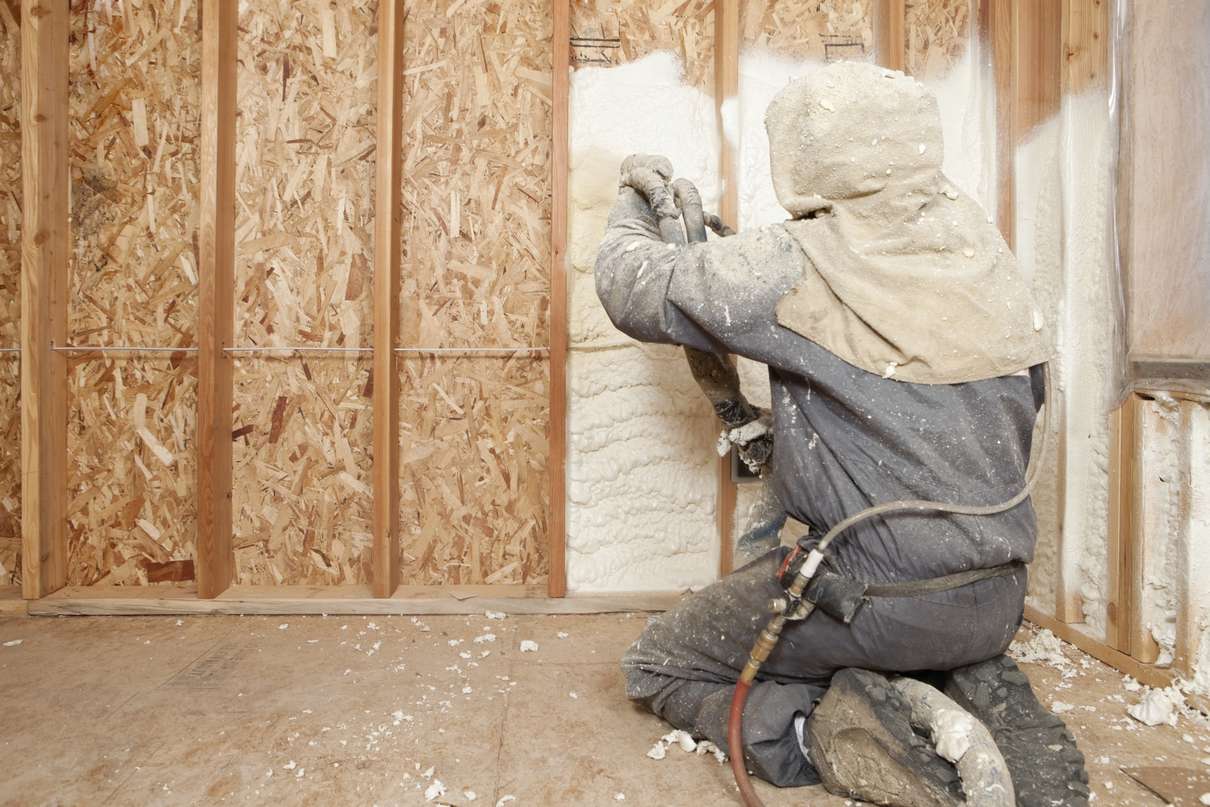

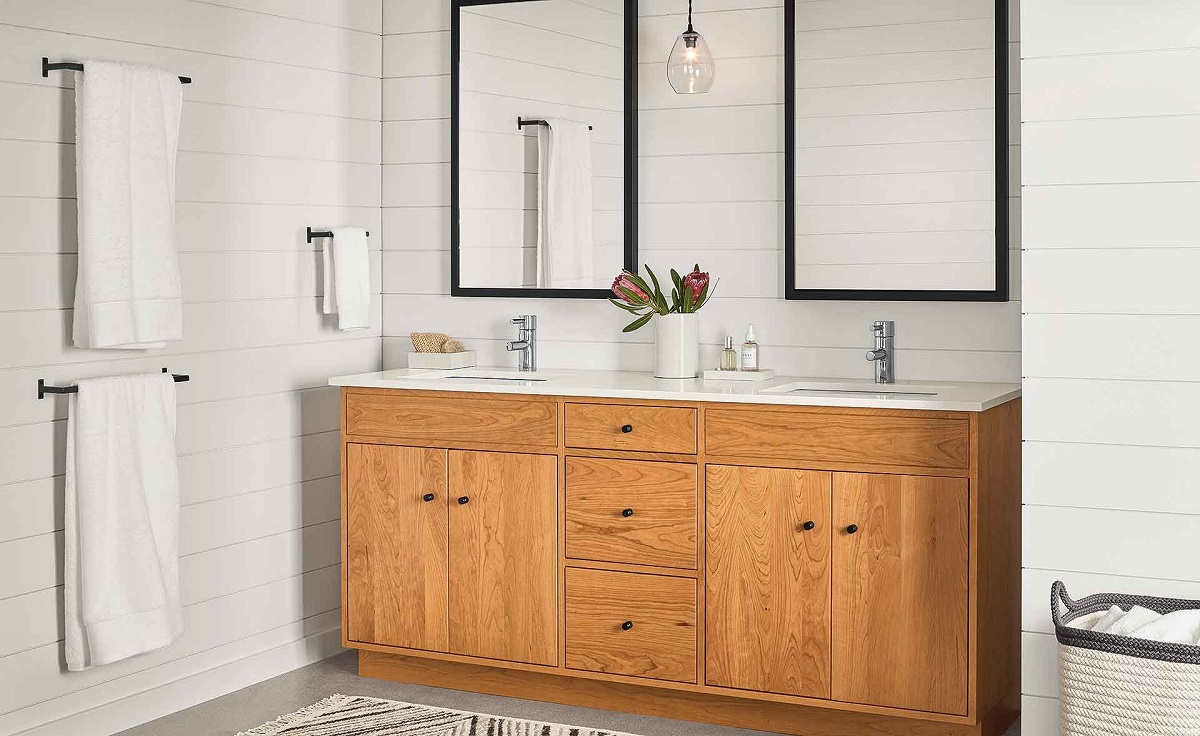
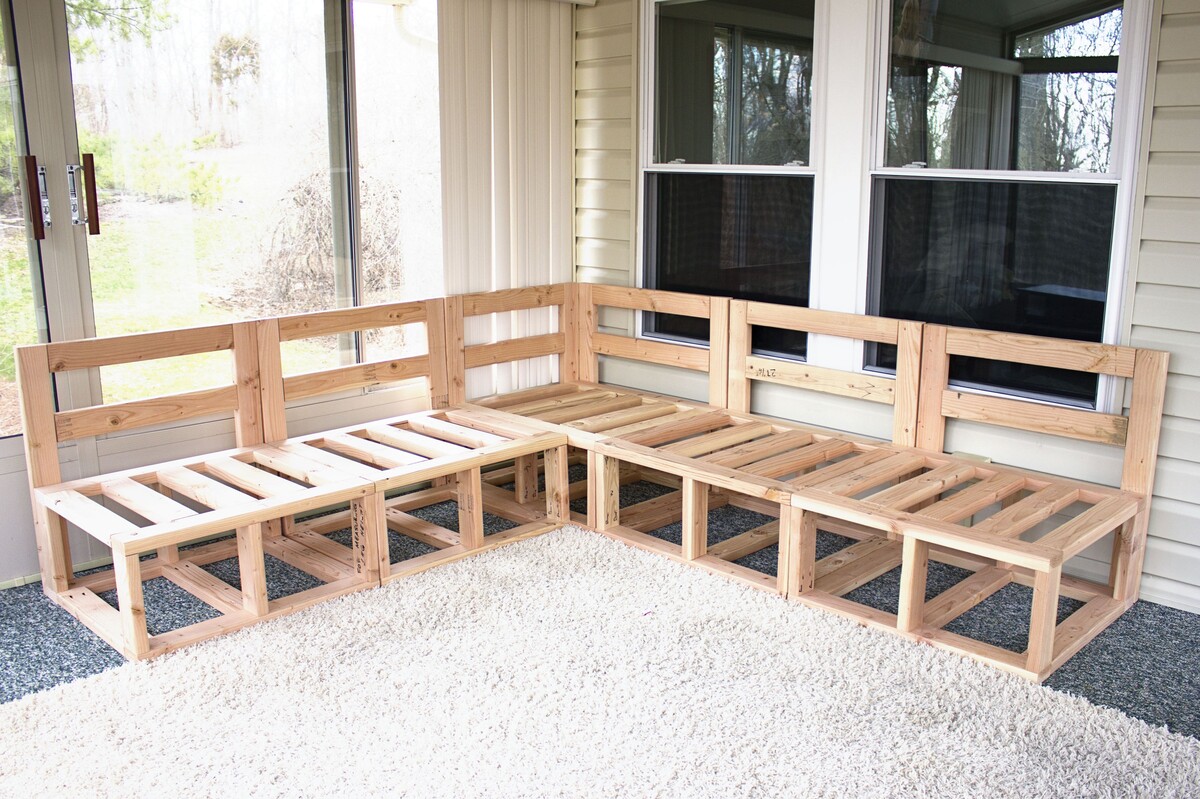
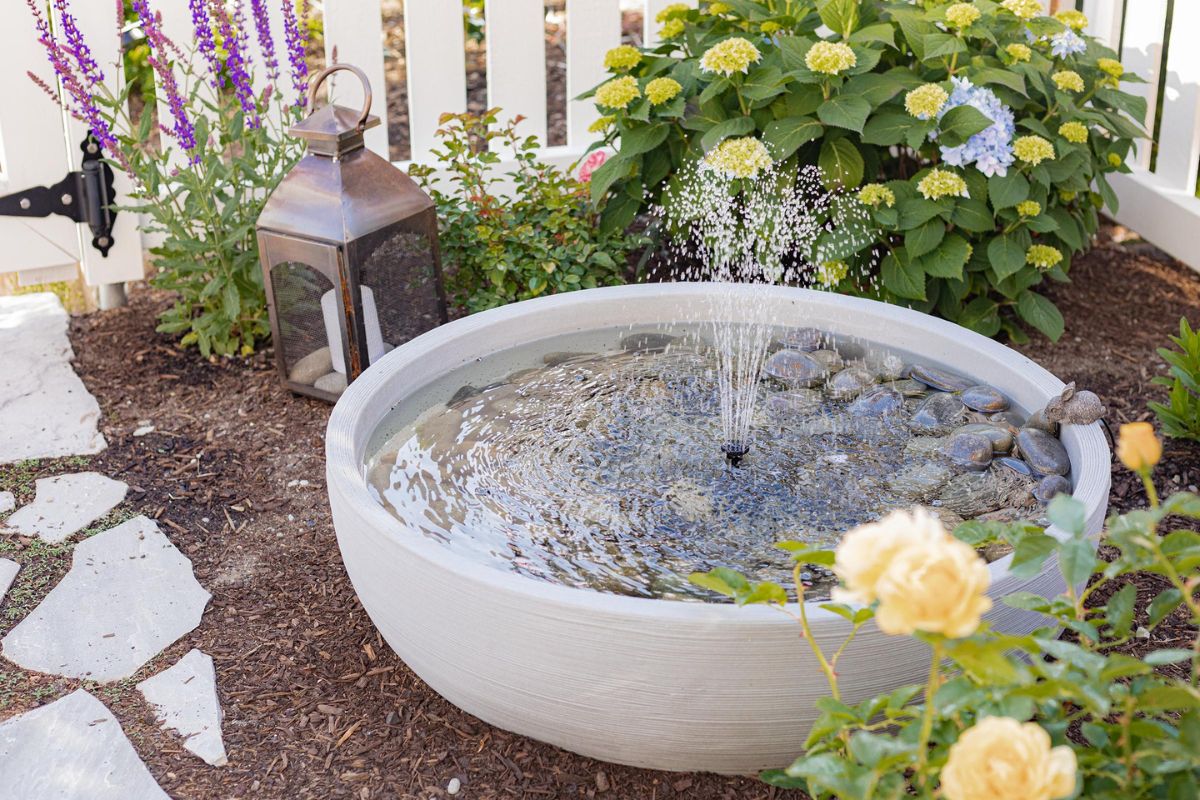
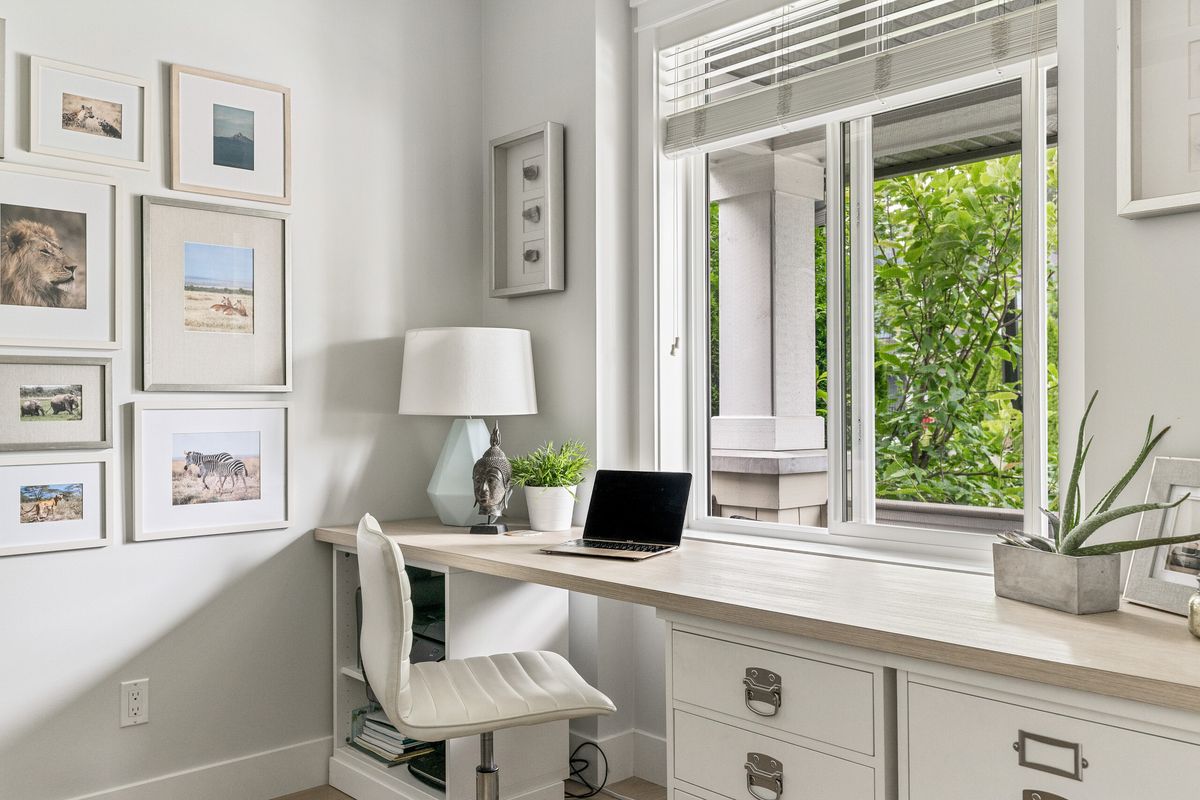
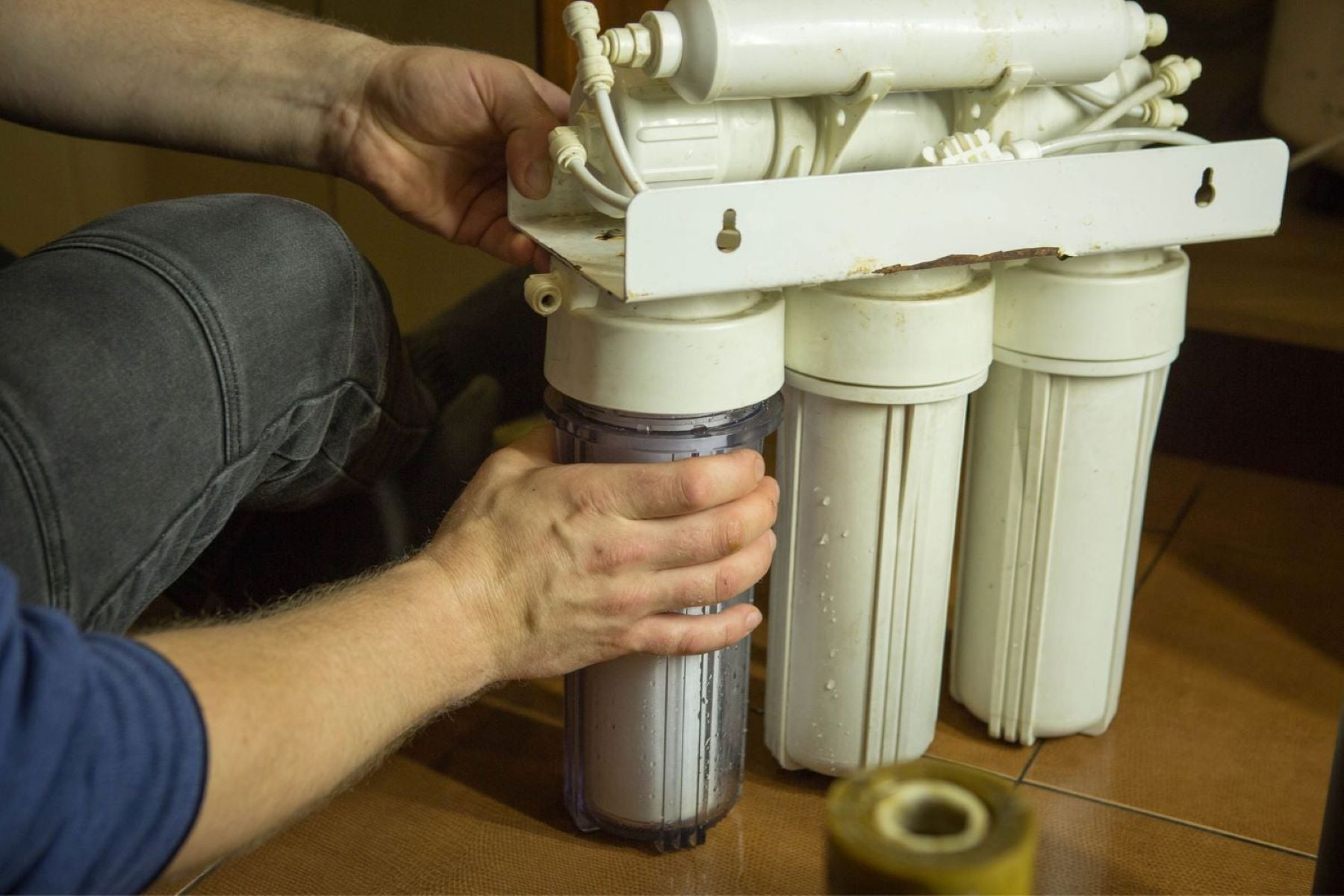
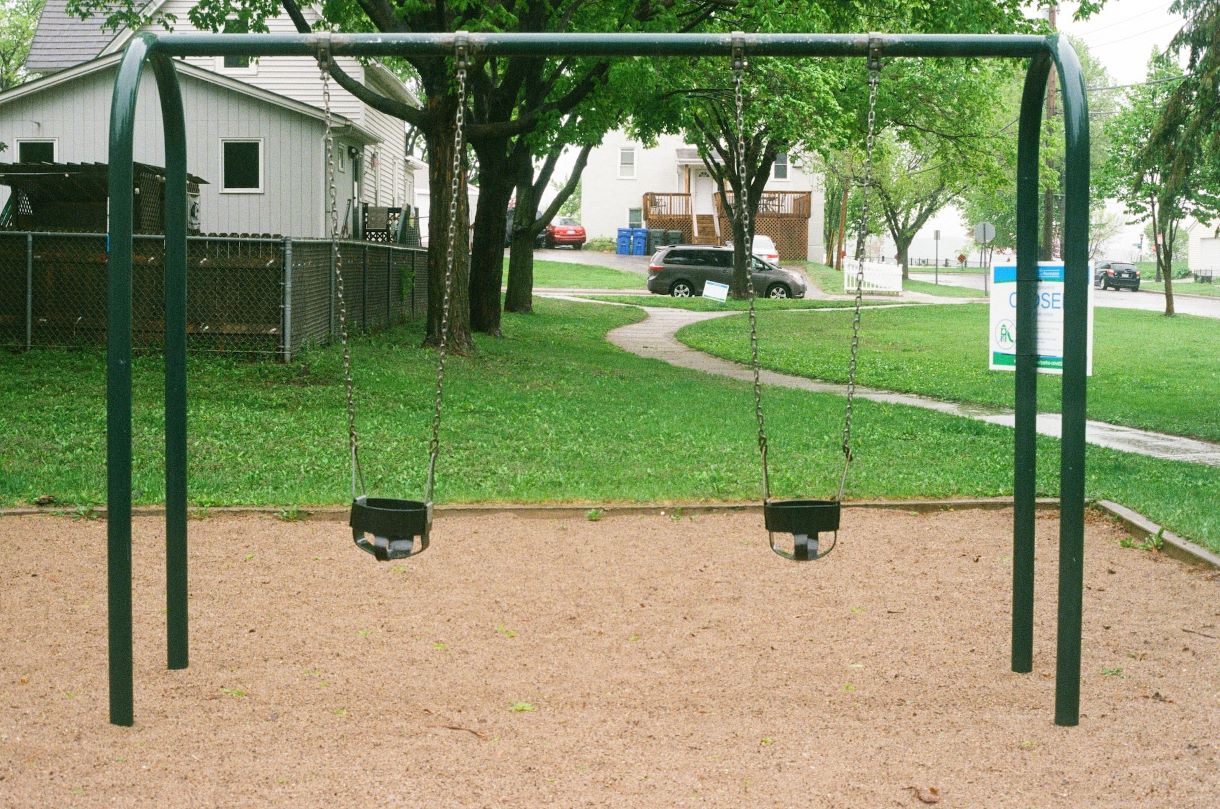
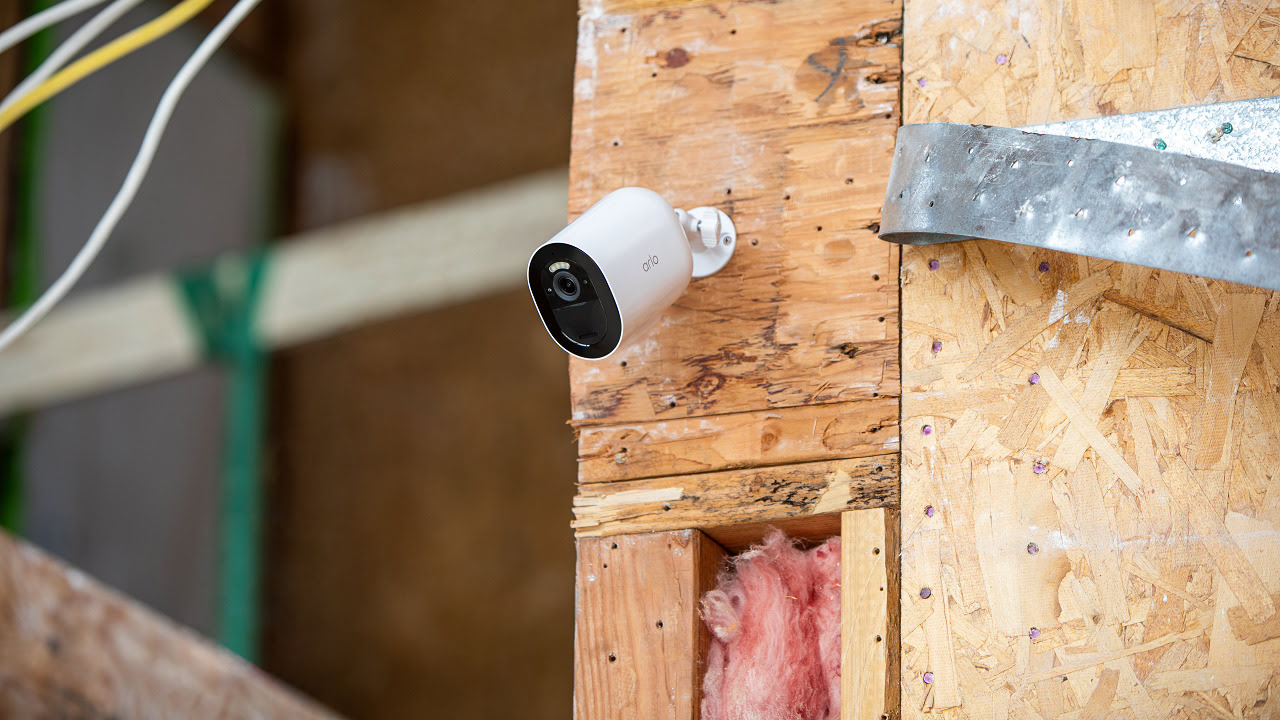


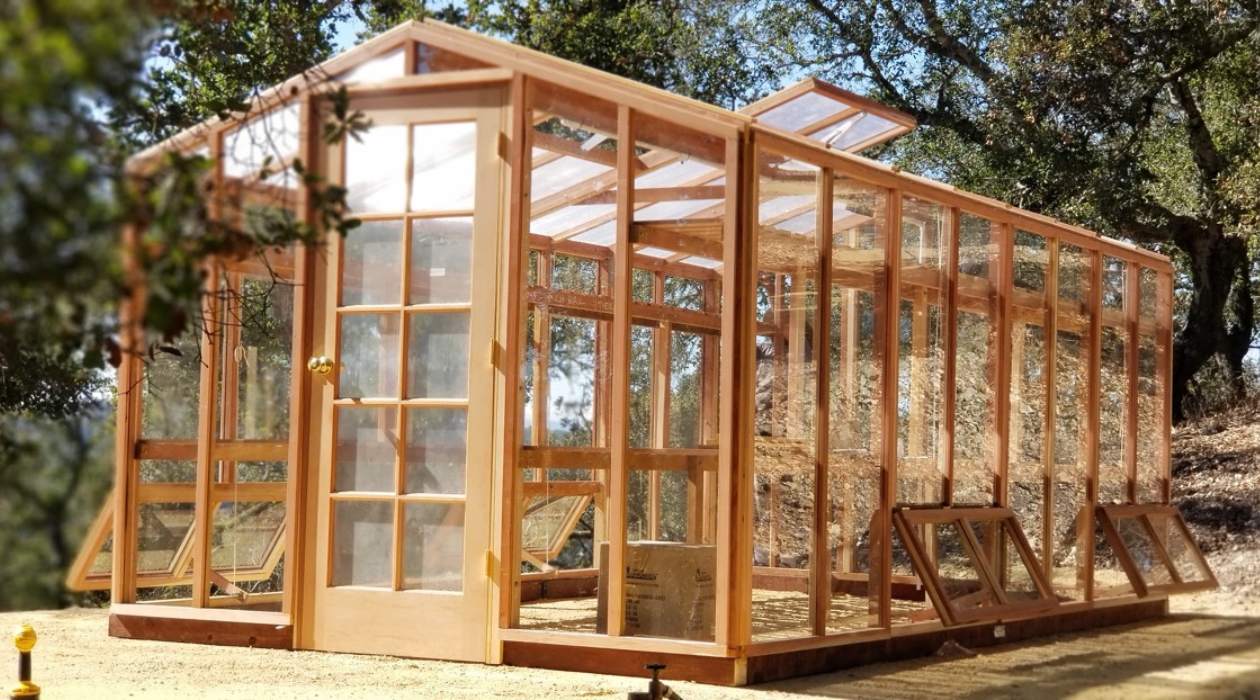

0 thoughts on “What Is A Backyard Office? How To Build Your Own Outdoor Workspace”